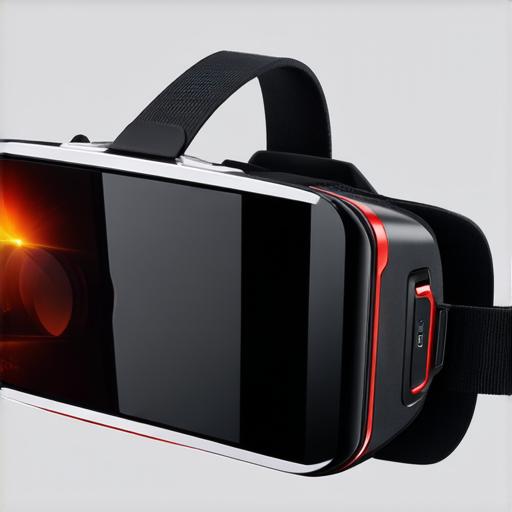
How Virtual Reality Operates

Virtual reality (VR) is a rapidly growing industry that has captured the imagination of millions of people worldwide. From gaming to education and healthcare, VR is being used in a variety of applications to create immersive experiences that were previously impossible.
Understanding Virtual Reality: An Overview
Virtual reality is a computer-generated simulation that creates an artificial environment that users can interact with in real-time. The user wears a headset or other devices that track their movements, allowing them to navigate the virtual world and interact with objects within it.
The key components of VR include:
- Hardware: This includes the VR headset, sensors, controllers, and other equipment used to capture and track user movements.
- Software: This includes the games or applications that are designed specifically for VR and the underlying technology that powers them.
- User experience (UX): This is the overall experience of using VR, including the visual and auditory elements, as well as the ease of use and intuition of the system.
How Virtual Reality Works: A Deep Dive
To understand how VR works, it’s important to first understand the basic principles of computer graphics. Computer graphics are used to create 2D and 3D images and animations on a screen or other display. In VR, these graphics are rendered in real-time to create an immersive experience that feels like being in a physical world.
The main components of the VR hardware include:
- The headset: This is worn by the user and tracks their movements through sensors placed on the headset or controllers.
- Sensors: These are used to capture data about the user’s position, orientation, and movement in the virtual environment.
- Controllers: These are used to interact with objects within the virtual environment, such as grabbing, pointing, or wielding virtual weapons.
When a VR application is launched, it loads the necessary graphics and other resources onto the user’s computer. The application then communicates with the VR hardware to capture the user’s movements and update the graphics in real-time. This process is known as “tracking,” and it allows the user to move freely within the virtual environment.
One of the key challenges in creating VR is ensuring that the user’s movements are accurately tracked and translated into realistic motion in the virtual world. This requires sophisticated algorithms and techniques that take into account factors such as latency, drift, and occlusion.
Case Studies and Real-World Examples
Virtual reality has already found applications in a variety of fields, from gaming to education and healthcare. Here are a few examples of how VR is being used:
- Gaming: Virtual reality games provide an immersive experience that allows users to feel like they are truly inside the game world. For example, a user could play a first-person shooter game in which they physically duck and dodge behind virtual objects to avoid enemy fire.
- Education: VR is being used in classrooms to create interactive simulations that allow students to learn about complex concepts in a more engaging way. For example, a biology teacher could use VR to take students on a virtual tour of the human body.
- Healthcare: VR is being used in healthcare to provide patients with immersive experiences that can help with pain management and rehabilitation. For example, a patient recovering from a knee injury could use VR to practice walking and other exercises in a safe, controlled environment.
Summary
Virtual reality is an exciting technology that has the potential to revolutionize many industries.


